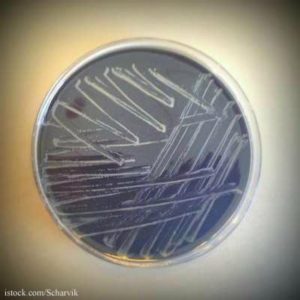Raw milk sales have resumed at the Family Cow farm in Chambersburg, Pennsylvania following a temporary stoppage prompted by an outbreak of campylobacteriosis that sickened at least five people in May. Pennsylvania health officials advised consumers who purchased the milk to discard it after the strain of Campylobacter that sickened those who became ill was found in a bottle of the raw milk taken from the farm.
 Campylobacteriosis causes abdominal cramping, fever, vomiting and diarrhea that can sometimes be bloody. It can also cause serious illness in some people, especially young children, seniors, pregnant women and others with compromised immune systems. In rare cases, people with campylobcateriosis will develop Guillain-Barre Syndrome, which causes paralysis.
Campylobacteriosis causes abdominal cramping, fever, vomiting and diarrhea that can sometimes be bloody. It can also cause serious illness in some people, especially young children, seniors, pregnant women and others with compromised immune systems. In rare cases, people with campylobcateriosis will develop Guillain-Barre Syndrome, which causes paralysis.
In a Facebook posting, the farm’s owner, Edwin Shank, cited statistics from the Centers for Disease Control and Prevention (CDC) that campylobacteriosis sickens 2.4 million Americans each year, that Campylobacter is commonly found on raw chicken and that it “only takes a very few Campylobacter organisms (fewer than 500) to make a person sick. Even one drop of juice from raw chicken meat can have enough Campylobacter in it to infect a person.” That’s why it’s important to cook chicken to an internal temperature of 165˚ F and why raw milk from a single tank can sicken some, but not all, of the people who drink it. And why public health officials are fans of pasteurization.




